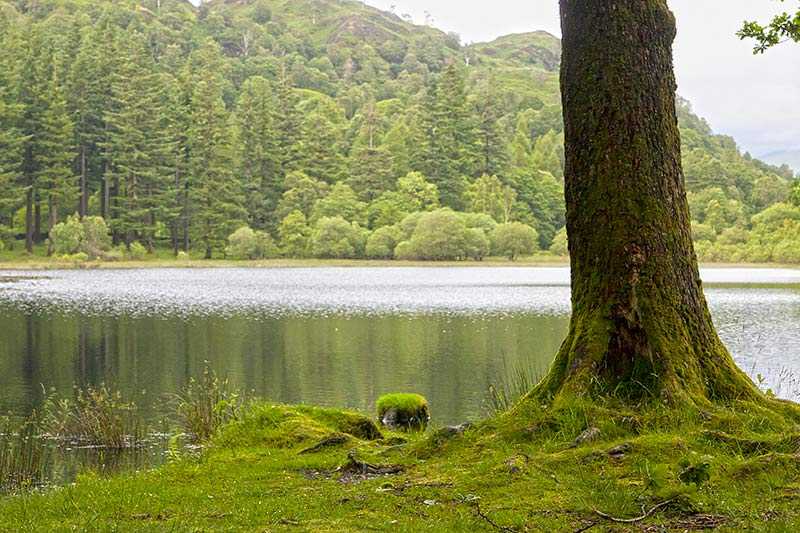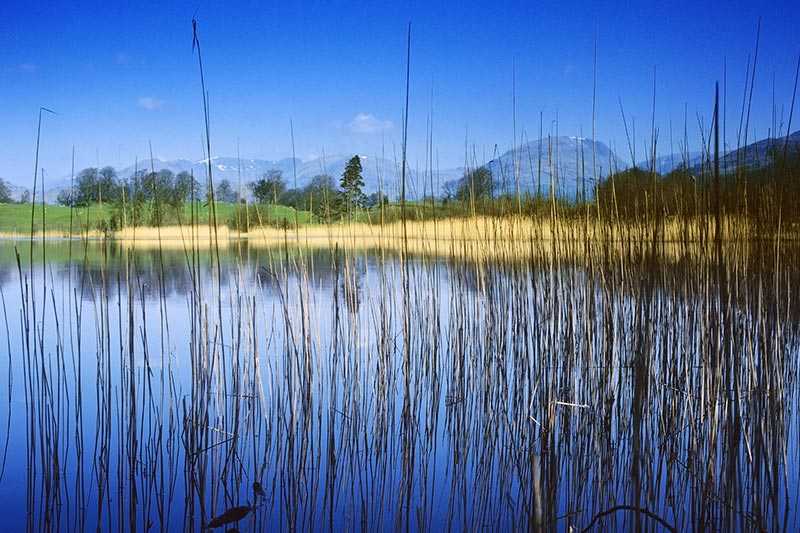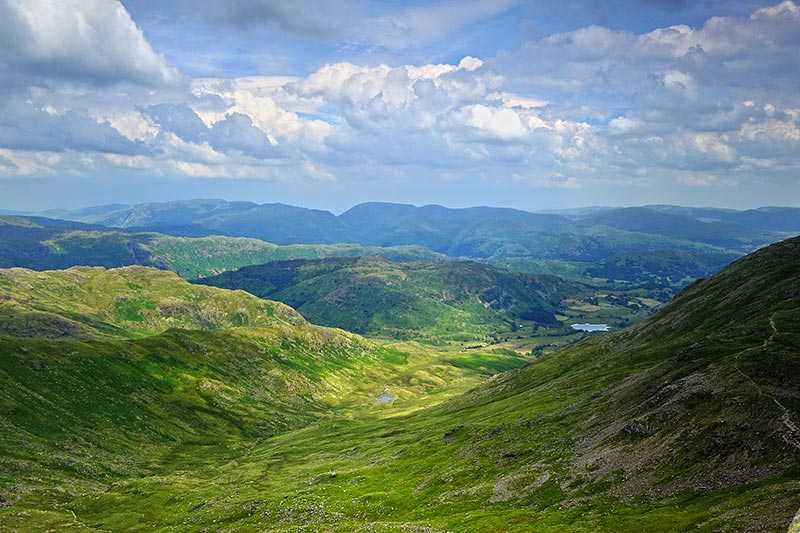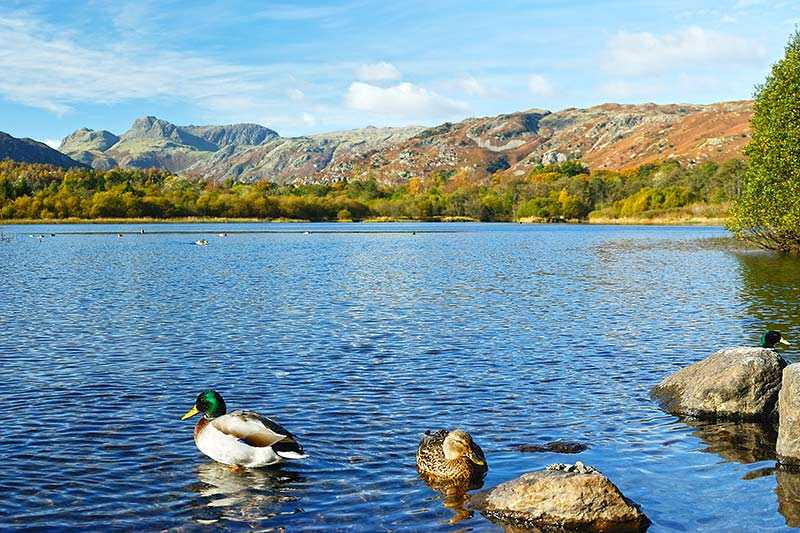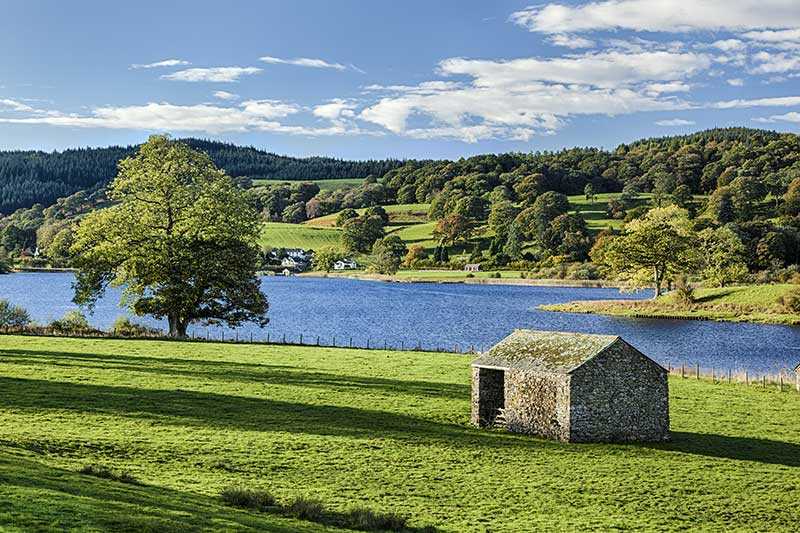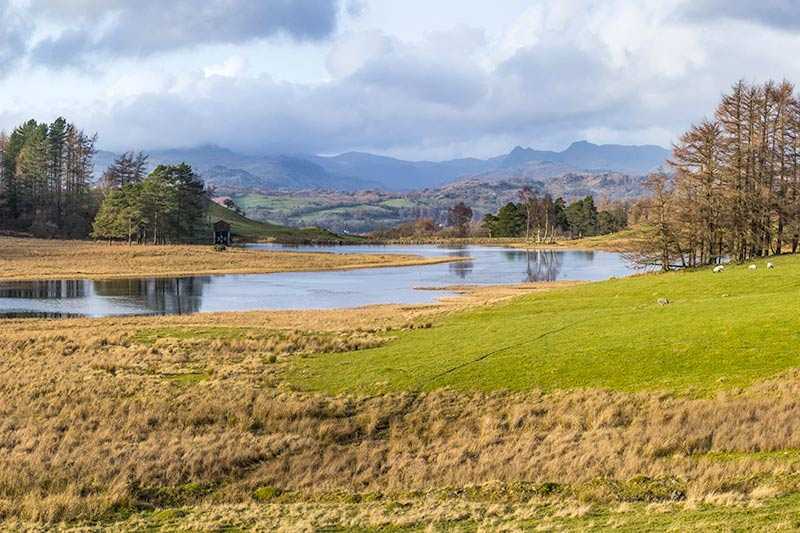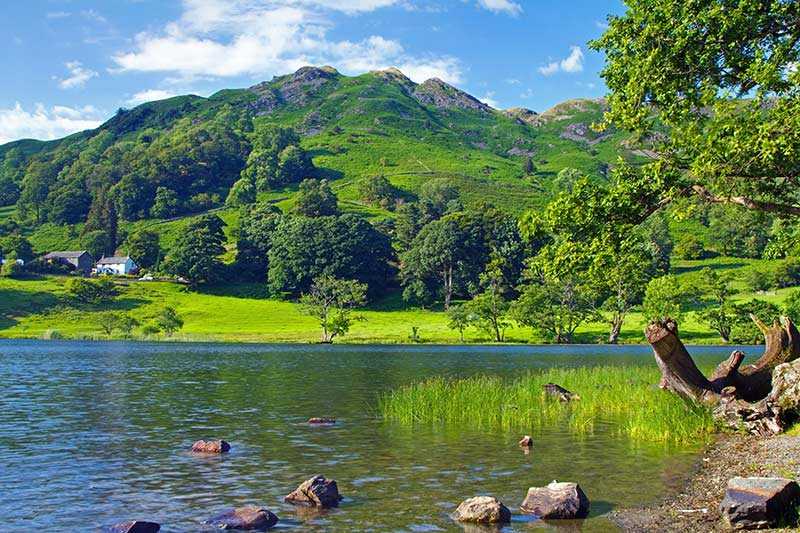Tarn Hows
Tarn Hows has a surface elevation of 180 m (591 ft) and covers an area of 15 ha (37 ac). It lies 3.2 km (2 mi) to the north east of Coniston and 2.4 km (1.5 mi) to the north west of Hawkshead, maki...
Tarn Hows has a surface elevation of 180 m (591 ft) and covers an area of 15 ha (37 ac). It lies 3.2 km (2 mi) to the north east of Coniston and 2.4 km (1.5 mi) to the north west of Hawkshead, making it highly accessible on foot or by bike from two major tourist destinations in the Lake District. A circular walk of the tarn on a well maintained and surfaced pathway, suitable for pushchairs and...
Things to do near Tarn Hows
Attractions near Tarn Hows
Activities
About Tarn Hows
Tarn Hows has a surface elevation of 180 m (591 ft) and covers an area of 15 ha (37 ac). It lies 3.2 km (2 mi) to the north east of Coniston and 2.4 km (1.5 mi) to the north west of Hawkshead, making it highly accessible on foot or by bike from two major tourist destinations in the Lake District. A circular walk of the tarn on a well maintained and surfaced pathway, suitable for pushchairs and wheelchairs, is around 2.8 km (1.75 mi). There are also two off-road mobility scooters available for hire from the National Trust.
It was originally three tarns which became one when it was dammed and the surrounding area landscaped in 19th century by James Garth Marshall, an industrialist who owned the Monk Coniston estate who was a keen landscape gardener. Spruce, larch and pine plantations were added, increasing the appeal, and it has long been a popular destination for walkers, picnickers, artists and latterly photographers, who benefit from the superb views across to Wetherlam, the Helvellyn range and the Langdale Pikes. From the 1930s, it was owned by Beatrix Potter who later sold half, and bequeathed the remainder to the National Trust, its current guardian. It was then designated a Site of Special Scientific Interest in 1965 because of its unique habitats and wildlife, which include a wide variety of birds including the Great Spotted Woodpecker, red squirrels, roe and red deer and the Herdwick sheep and rare Belted Galloway cattle that graze on the land surrounding the tarn.
Fishing and boating is not permitted on Tarn Hows’ waters. Despite this, it is easily one of the most visited places in the Lake District, with over half a million visitors each year, so expect it to be busy in peak season and fine weather. There is a National Trust car park, free to members, at the southern end of the tarn.
